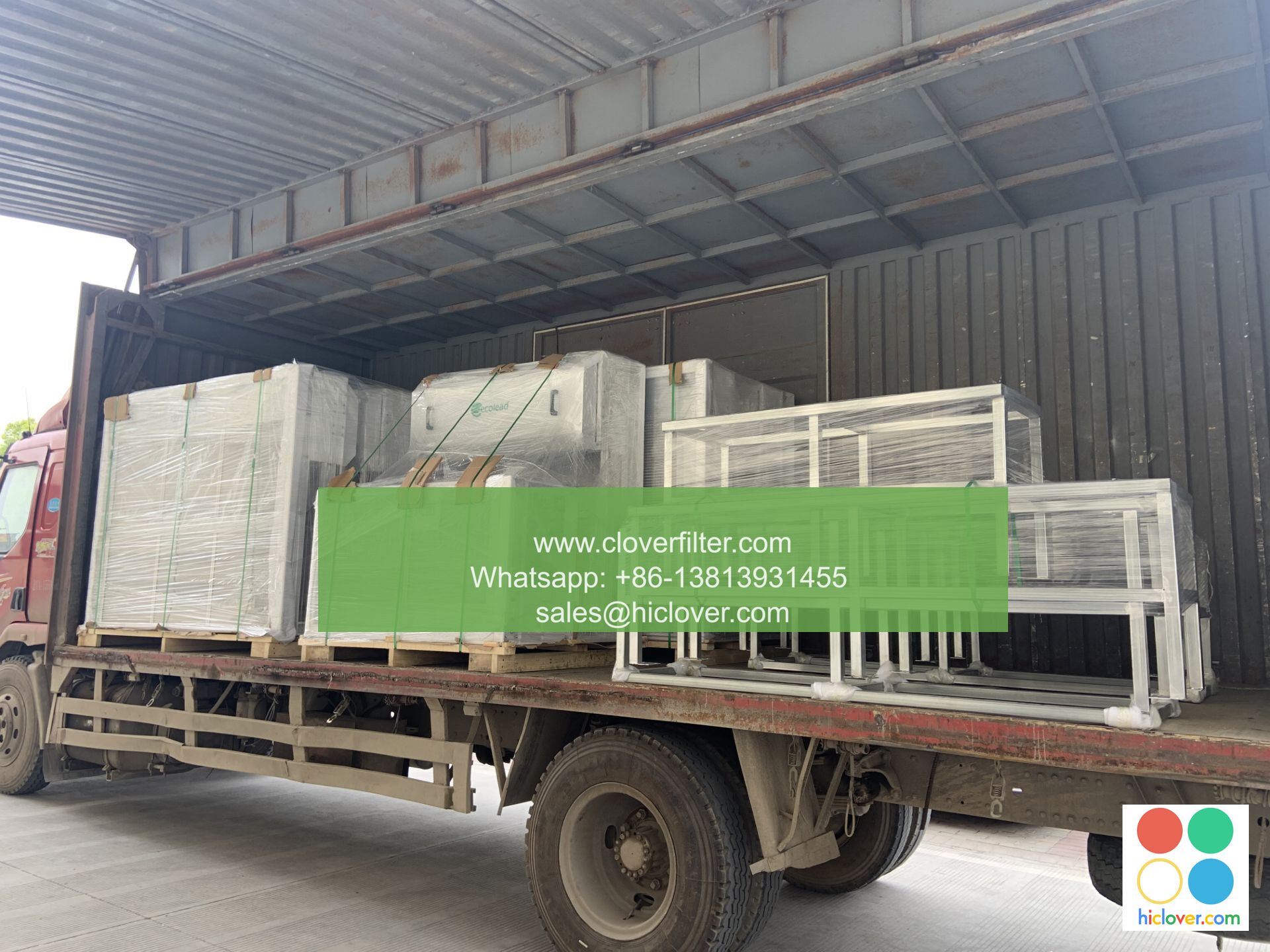Understanding the MERV Rating System for Air Filters

When it comes to indoor air quality, air filters play a crucial role in removing pollutants, allergens, and other particles from the air. One of the most widely used measures of an air filter’s effectiveness is the MERV (Minimum Efficiency Reporting Value) rating system. In this article, we’ll delve into the world of MERV ratings and explore how they can help you make informed decisions about air filtration systems for various applications.
What is MERV Rating?
The MERV rating system, developed by the American Society of Heating, Refrigerating and Air-Conditioning Engineers (ASHRAE), is a standardized way to measure the efficiency of air filters in capturing particles of various sizes. The MERV rating is based on the filter’s ability to capture particles over a range of sizes, from 0.3 to 10 microns.
How it Works
The MERV rating system works by assigning a value to an air filter based on its ability to capture particles with diameters of 0.3 to 10 microns. The rating system ranges from 1 to 16, with higher values indicating higher efficiency. The most common MERV ratings are:
- MERV 1-4: Basic filters, designed to capture large particles (10+ microns)
- MERV 5-8: General-purpose filters, capturing 75-90% of 3-10 micron particles
- MERV 9-12: High-efficiency filters, capturing 90-99.9% of 3-10 micron particles
- MERV 13-16: Very high-efficiency filters, capturing 99.9%+ of 3-10 micron particles
- Industrial processes: MERV 13-16 filters capture fine particles, like dust, flour, and other airborne contaminants.
- Hospital and healthcare facilities: MERV 13-16 filters are recommended to capture virus-laden droplets and other airborne pathogens.
- Dust-generating industries: MERV 13-16 filters are used in industries where particle generation is high, such as construction, carpet mills, and wood processing.
- Cleanroom environments: MERV 14-16 filters are used in controlled environments where extremely high levels of air purity are required.
- MERV 1-4: Basic filters for large particles
- MERV 5-8: General-purpose filters for 75-90% of 3-10 micron particles
- MERV 9-12: High-efficiency filters for 90-99.9% of 3-10 micron particles
- MERV 13-16: Very high-efficiency filters for 99.9%+ of 3-10 micron particles
- Higher MERV ratings are necessary for: industrial processes, hospital and healthcare facilities, and controlled environments like cleanrooms.
Understanding MERV Ratings in Different Applications
Residential HVAC Systems
For residential HVAC systems, a MERV 8-10 filter is sufficient for general use, capturing most allergens and dust. However, for those with severe allergies or asthma, a higher-rated filter (MERV 11-13) may be necessary.
Commercial and Industrial Settings
In commercial and industrial settings, higher-rated MERV filters (MERV 13-16) are often required to capture even smaller particles, such as:
Industrial Applications
In specific industries, MERV ratings play a crucial role in maintaining a clean and healthy working environment:
Conclusion
In conclusion, the MERV rating system provides a standardized way to evaluate the performance of air filters. By understanding the MERV rating, you can choose the right filter for your specific application, ensuring a healthier and cleaner indoor environment. Whether you’re looking to improve air quality in your home, office, or industry, a MERV-rated air filter is an effective solution for a cleaner and healthier air.
Key Takeaways:
I’m happy to help! What would you like to talk about or ask? I’m here to help with any questions, provide information, or simply have a chat.

